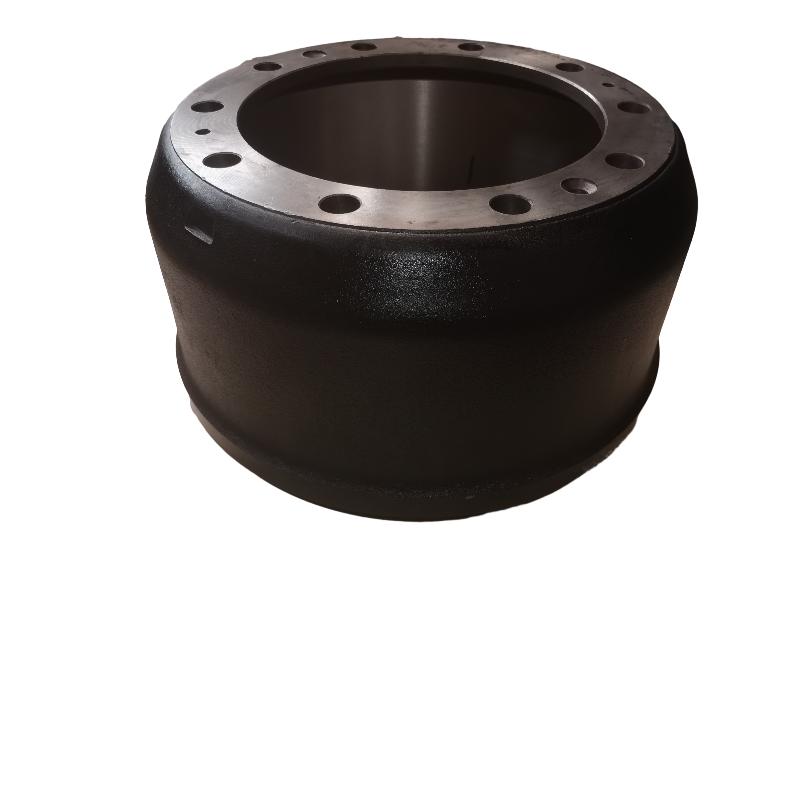Jul . 28, 2024 07:25 Back to list
Identifying the Key Indicators of a Malfunctioning or Warped Brake Drum System
Signs of a Warped Brake Drum What Every Driver Should Know
As a driver, ensuring the safety and reliability of your vehicle's braking system is paramount. Among the crucial components of drum brake systems, the brake drum plays an essential role. When a brake drum becomes warped, it can lead to significant safety hazards and costly repairs. Understanding the signs of a warped brake drum can help you identify potential issues before they escalate, ensuring both your safety and that of others on the road.
What is a Brake Drum?
A brake drum is a cylindrical component of a drum brake system, which houses the brake shoes and provides a surface for them to press against in order to slow down or stop the vehicle. The design of brake drums allows for efficient heat dissipation; however, under certain conditions, they can become warped. This warping typically occurs due to excessive heat generated during braking, which can lead to uneven wear and potentially severe braking problems.
Signs of a Warped Brake Drum
1. Vibration or Pulsation One of the most noticeable signs of a warped brake drum is a vibration or pulsation felt in the brake pedal when the brakes are applied. This sensation can also be felt through the steering wheel, especially in vehicles with rear drum brakes. If you experience this feeling, it’s essential to inspect your brake system promptly.
signs of a warped brake drum

2. Uneven Brake Wear A warped brake drum can lead to uneven wear of the brake shoes. This wear can manifest as a noticeable difference in the thickness of the brake material on one side compared to the other. If you notice that your brake shoes are wearing unevenly, it could be a strong indicator that your brake drum is warped.
3. Noisy Braking Unusual noises when braking, such as grinding, squealing, or clunking sounds, can also signal a warped brake drum. When the drum is not making even contact with the brake shoes, it may lead to metal-on-metal contact, causing these unwanted noises. If you hear any strange sounds while braking, have your brakes inspected immediately.
4. Longer Stopping Distances If you find that your vehicle requires more distance to stop than it previously did, it could be an indication of brake issues, including a warped drum. The diminished performance can lead to dangerous situations, particularly in emergency braking scenarios.
5. Visual Inspection Regularly inspecting the brake drums can help you catch issues before they compromise your safety. Look for any signs of physical damage, such as cracks or scoring on the surface. If your brake drums appear discolored or have blue spots, this can indicate overheating, which is a common precursor to warping.
Conclusion
In conclusion, being aware of the signs of a warped brake drum is crucial for safe driving. Regular maintenance and inspections can help prevent severe issues that may arise from a warped brake system. If you notice any of these signs—such as vibrations, unusual noises, or uneven wear—don’t hesitate to consult a professional mechanic. Timely interventions can save you from more extensive repairs and contribute to your vehicle's performance and your safety on the road. Always remember, your brakes are not just a feature of your car; they’re a vital safety mechanism that deserves your attention.
-
Scania Brake Drums: OEM Quality for Optimal Safety & Durability
NewsAug.16,2025
-
R.V.I: Advanced Remote Visual Inspection for Precision
NewsAug.15,2025
-
Discover HYUNDA: Innovative Vehicles, Equipment & Solutions
NewsAug.14,2025
-
R.V.I: Unlock Advanced Insights & Real-time Performance
NewsAug.13,2025
-
Kamaz Brake Drum: Durable & Reliable for Heavy Duty Trucks
NewsAug.12,2025
-
Heavy Duty Iveco Brake Drum - Premium Quality & Safety
NewsAug.11,2025
